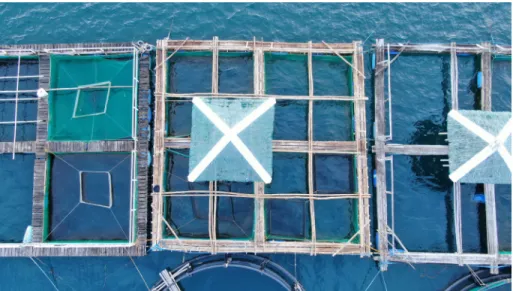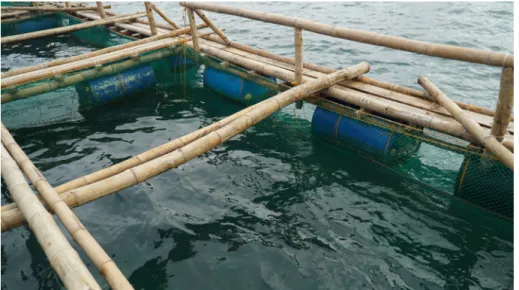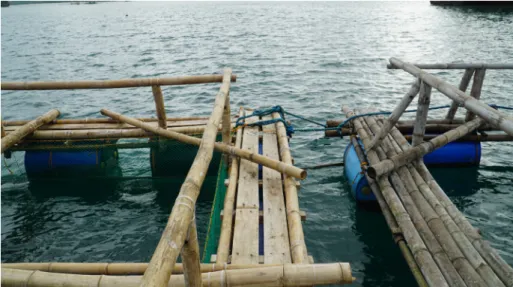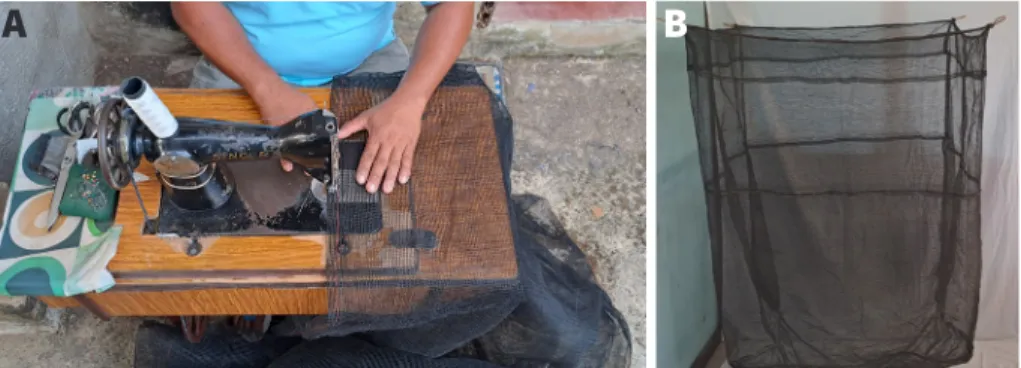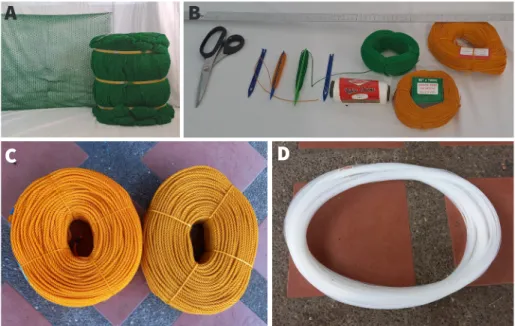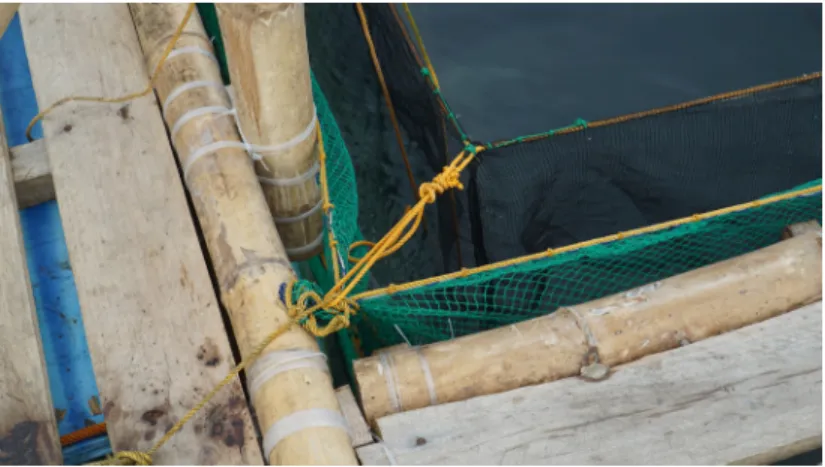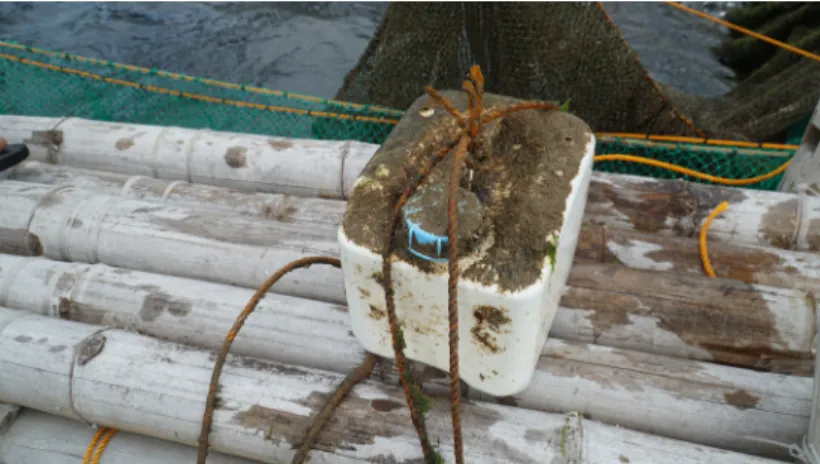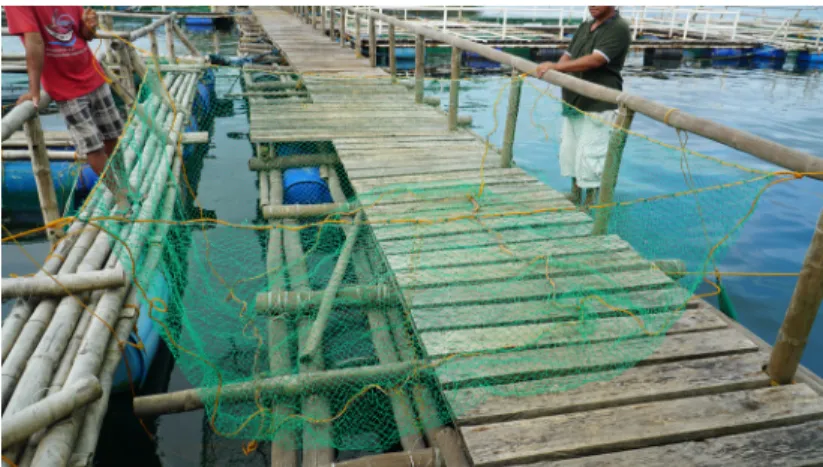This license requires re-users of the material to give credit to the licensor, Department of Aquaculture of the Southeast Asian Fisheries Development Centre. Nursery and grow-out culture of snubnose pompano (Trachinotus blochii, Lacepede) in sea cages / Roger Edward P. Recognizing the potential of pompano culture, the Southeast Asian Fisheries Development Center/Aquaculture Department (SEAFDEC/AQD) has researched on snubnose pompano since 2007, starting with the development of its breeding and seed production technologies.
With this background, I am pleased to introduce another Aquaculture Extension Manual, "Nursery and Nursery Culture of Snob Pompano (Trachinotus blochii, Lacepede) in Sea Cages." This guide serves as an invaluable resource covering key aspects such as species biology, site selection, cage design and construction, stocking strategies, husbandry techniques and financial considerations. Additionally, along with this manual, SEAFDEC/AQD produced another publication entitled "Nursery and Grow-out Culture of Snubnose Pompano (Trachinotus blochii, Lacepede) in Brackishwater Ponds." Together, these latest publications provide farmers with the knowledge needed to grow snubnose pompano in both sea cages and brackish water ponds, and offer different farming methods.
This manual, entitled “Nursery and Grow-Out Culture of Snubnose Pompano (Trachinotus blochii, Lacepede) in Sea Cages,” contains breeding methods and good practices resulting from research conducted by the Aquaculture Department of the Southeast Asian Fisheries Development Center. The manual also covers practical techniques useful to fish farmers interested in growing pompano in sea cages. The country's sustainable Pompano agriculture is enabled and supported by these technologies.
This manual provides a practical technique that fish farmers can use to grow pompano in sea cages.
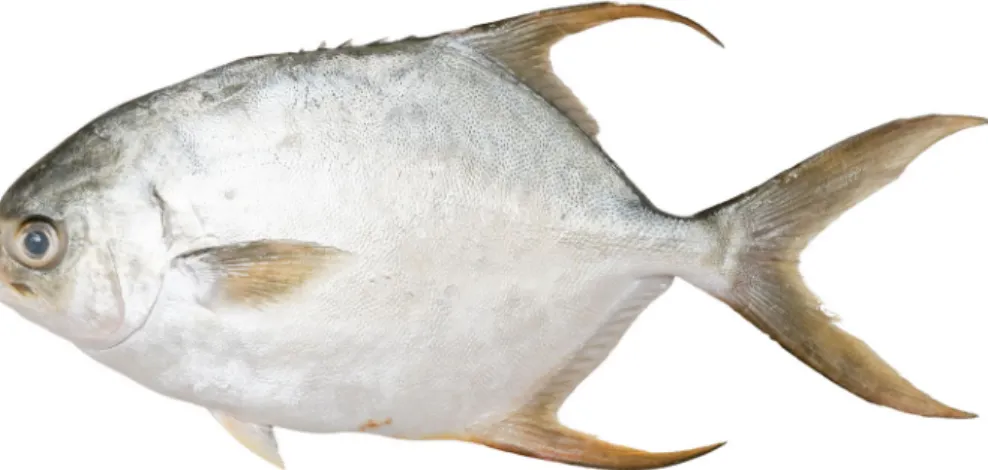
Accessibility
Physico-chemical attributes
Fry and feed availability
Local and national policies
Community
Framework
Netting Materials
Materials essential for the construction of breeding nets (A) B net, mesh size 0.5 cm (B) common materials (nylon thread, evelon cord, PE rope #10, nylon thread and fishing net needle). The growth net is made in such a way that it resembles an inverted mosquito net (Figure 10). Replacement nets for breeding and propagation activities should be constructed for use during net maintenance in the event of excessive biofouling or net damage.
In order to secure the fish stocks, a double net configuration is used, with the grow net as the main enclosure. In order to widen the mesh opening, countersinks are installed in each corner (Figure 12). Making an eyelet in each corner of the net for attachment to the frame.
Materials Essential for Making a Grow Net (A) Polynet #14, PE, (B, C, D) Common Materials (Nylon Thread, Evelon Twine, PE Rope #10, Nylon Twine, and Fishnet Needle). Main net (green) and B-net (black) attachment to cage frame for nursery cage operation. Sinkers are installed in the corner and edge of the net, which enable the net to be opened evenly.
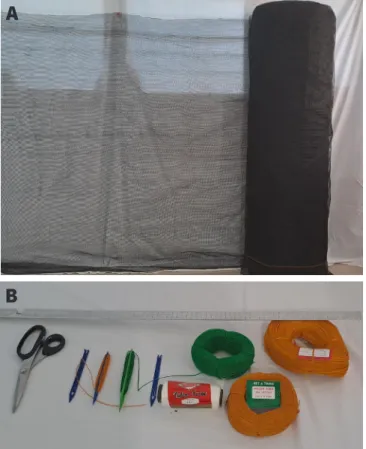
Mooring devices
Floats
Selection
Packing and transport
Tubes of ice (250 g) wrapped in paper are inserted between the outer and inner plastic bags to reduce the temperature of the water.
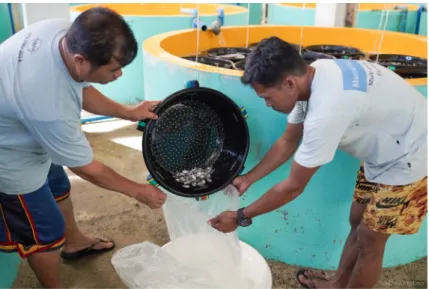
Nursery
Grow-out
Feeds and feeding management
Sampling of stocks
Monitoring
Feed supplies should be kept in a cool and dry storage area to prevent spoilage and extend their shelf life. Nutrient availability and palatability of diets are most likely affected by fungal growth. The replacement of nets with excessive attachment of biological fouling is necessary to allow efficient water exchange and reduce the weight of the cage, which can compromise its structural integrity.
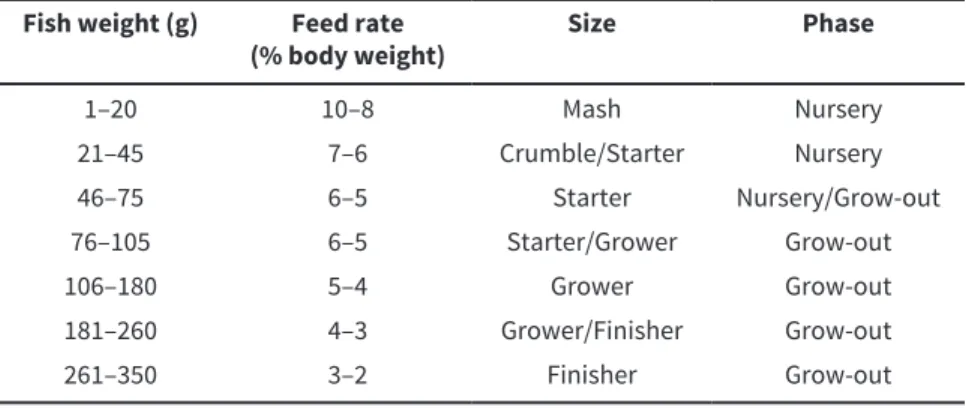
Harvest
Effects of different light levels on zooplankton abundance, feeding periodicity, growth and survival of Asian sea bass, Lates calcarifer (Bloch), fry in illuminated floating cages. Diet composition and feeding periodicity of the seahorse Hippocampus barbouri reared in lighted sea cages. Effects of three different microdiets on Florida Pompano, Trachinotus carolinus, weaning success, growth, fatty acid incorporation and enzyme activity.
Effects of dietary isoleucine levels on growth performance, feed utilization and serum biochemical indices of juvenile golden pompano, Trachinotus ovatus. Effect of dietary valine levels on growth performance, feed utilization and immune function of juvenile golden pompano, Trachinotus ovatus. The effects of dietary protein level on growth, feed efficiency and survival of juvenile Florida pompano (Trachinotus carolinus).
Effect of dietary arginine levels on growth performance, feed utilization, non-specific immune response and disease resistance of juvenile goldfish Trachinotus ovatus. Evaluation of a modified feeding strategy on growth, metabolism and feeding economics of Snubnose Pompano Trachinotus blochii (Lacepede, 1801) in a recycling system. Effects of dietary leucine on growth performance, feed utilization, non-specific immune responses and intestinal morphology of juvenile golden pompano Trachinotus ovatus.
Preliminary information on the feeding and growth of the pompano, Trachinotus ovatus (Linnaeus, 1758) (Pisces; Carangidae) in captivity. Status of the Florida pompano, Trachinotus carolinus, as a commercially ready species for US marine aquaculture. Effect of feeding frequency on growth, feed utilization, body composition and litter production of juvenile golden pompano (Trachinotus ovatus) reared in net pens.
He obtained his Masters in Fisheries (major in Aquaculture) from the University of the Philippines in 1978. de la Peña has been with SEAFDEC/AQD since 1987. He has his Bachelor of Science in Commerce Major in Accounting from the University of San Agustin and joined SEAFDEC/AQD in 2002. Rheniel Dayrit has been with SEAFDEC/AQD since 2016 and is currently a technical assistant at the Technology Verification and Extension Division.
He obtained his Bachelor of Science degree in Economics from the University of the Philippines Visayas in 2016. The policy-making body of SEAFDEC is the Board of Directors, which consists of representatives of the member countries.
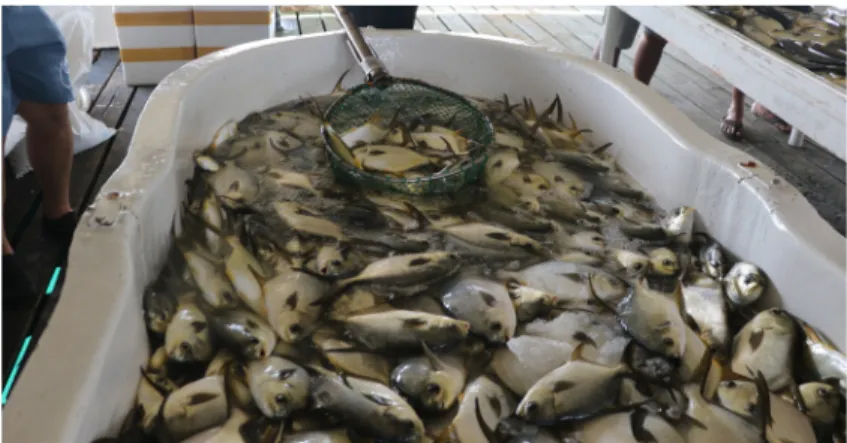
ABOUT SEAFDEC
